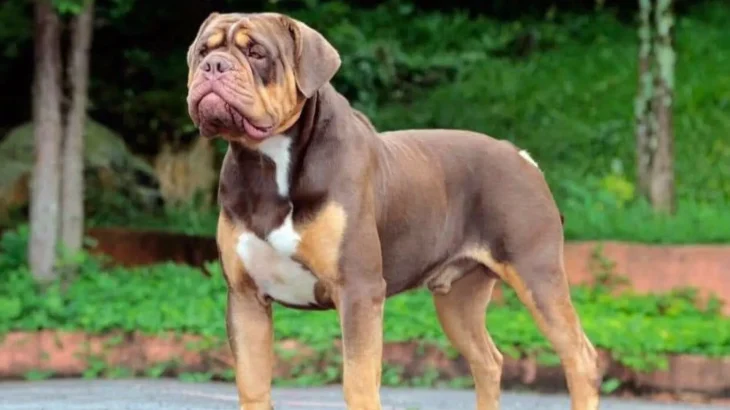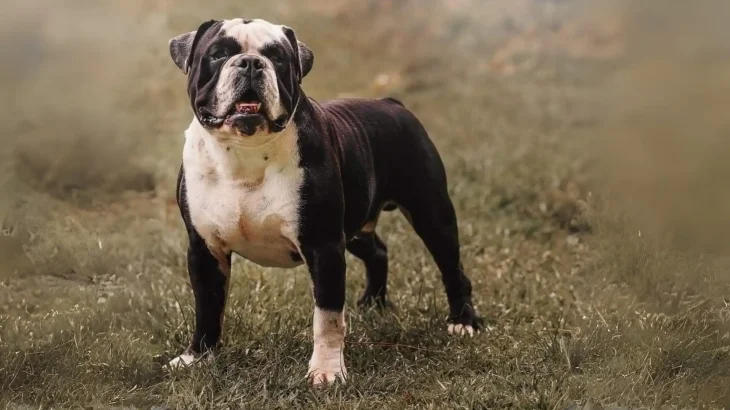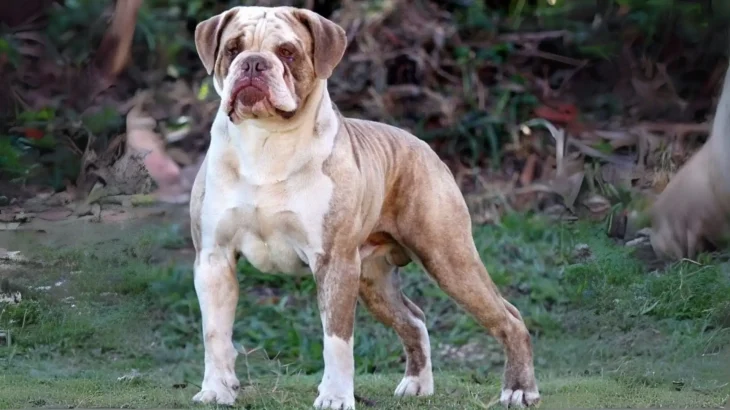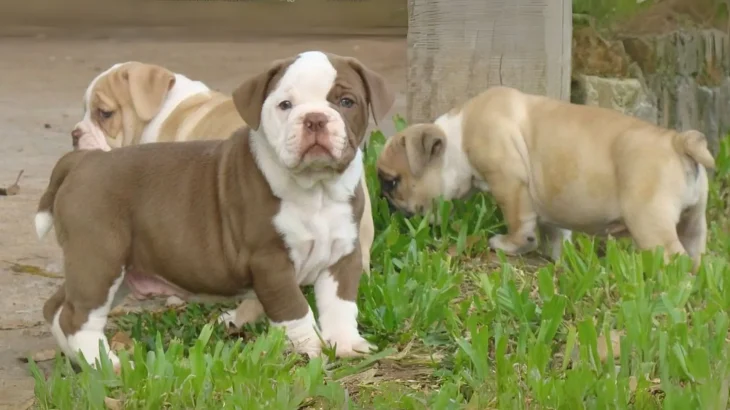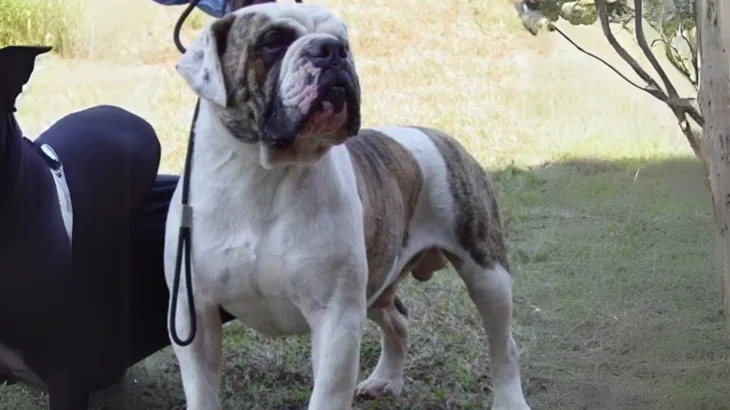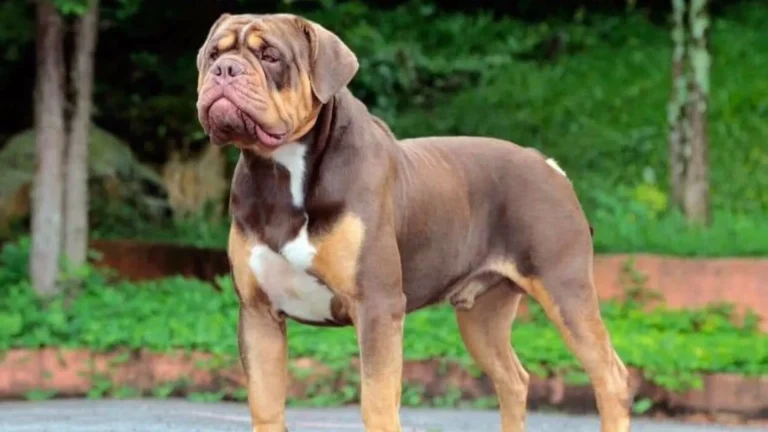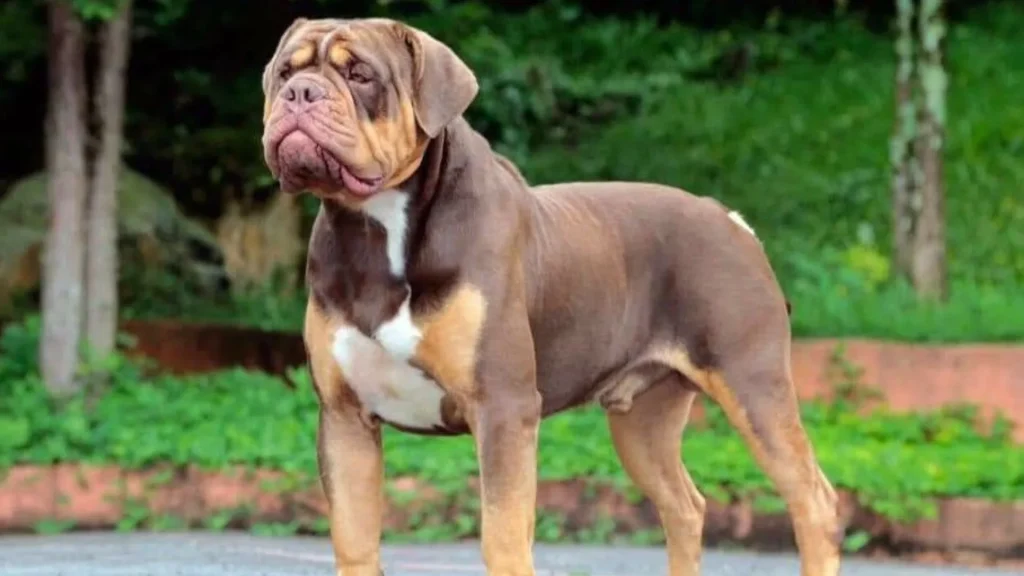Deciding whether to adopt or purchase a Buldogue Campeiro puppy involves weighing factors such as cost, health transparency, and ethical impact. Purchasing from a breeder may offer more predictability in health and lineage, while adopting provides a chance to give a home to a dog in need. Both routes have unique advantages depending on what matters most to you as a future dog owner.
Adoption vs. Breeder: Pros & Cons
| Criteria | Buying from Breeder | Adopting from Shelter/Rescue |
|---|---|---|
| Cost | Higher initial cost reflecting breed purity and breeding expenses. | Generally lower fees, helping reduce shelter populations. |
| Health History | Usually comprehensive health records and genetic screening available. | Health history may be incomplete, but basic vet checks are provided. |
| Age Availability | Primarily puppies, allowing early bonding and training. | Wide range of ages, including adult dogs ready for adoption. |
| Temperament Insight | Breeder can provide lineage temperament and early socialization details. | Shelter staff or foster families can share observed behaviors and traits. |
| Supporting Practices | Supports breed preservation when purchasing from responsible breeders. | Promotes animal welfare by giving homes to dogs needing rescue. |
| Ethical Considerations | Important to ensure breeder follows ethical breeding standards. | Helps reduce overpopulation and euthanasia rates in shelters. |

